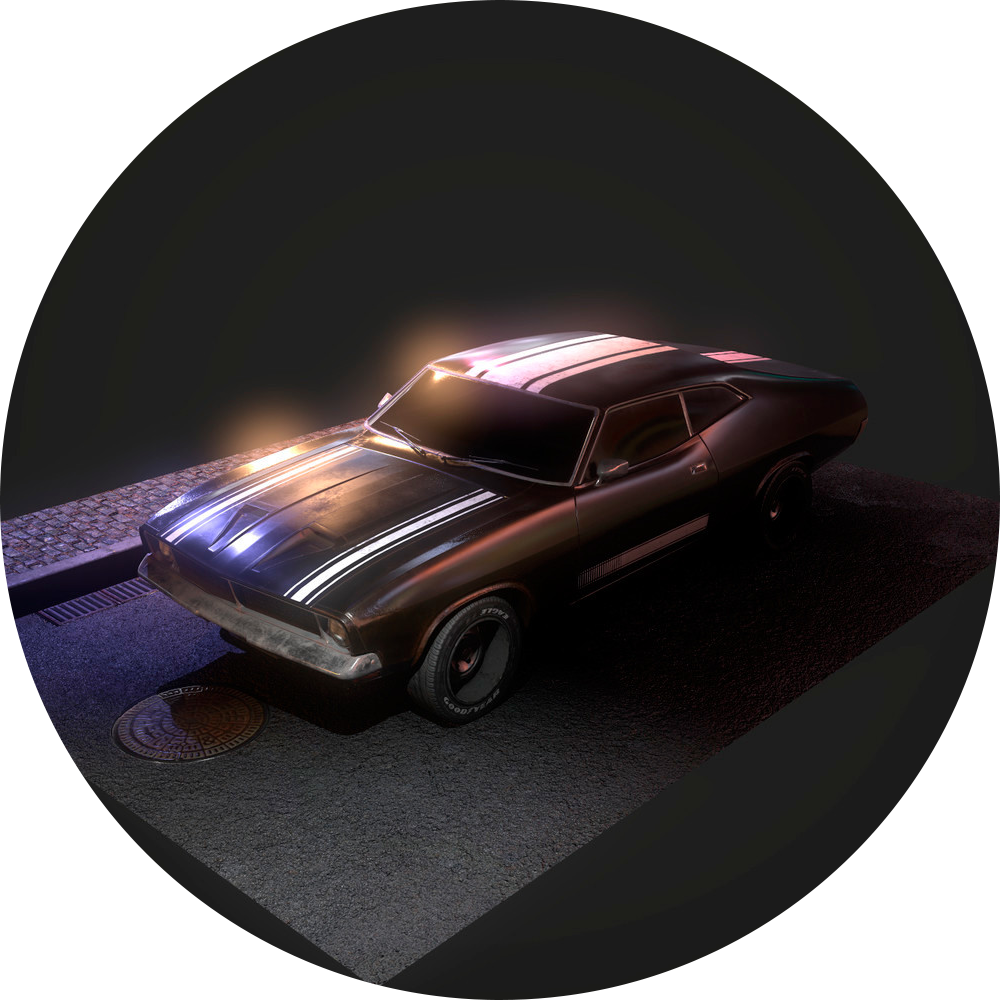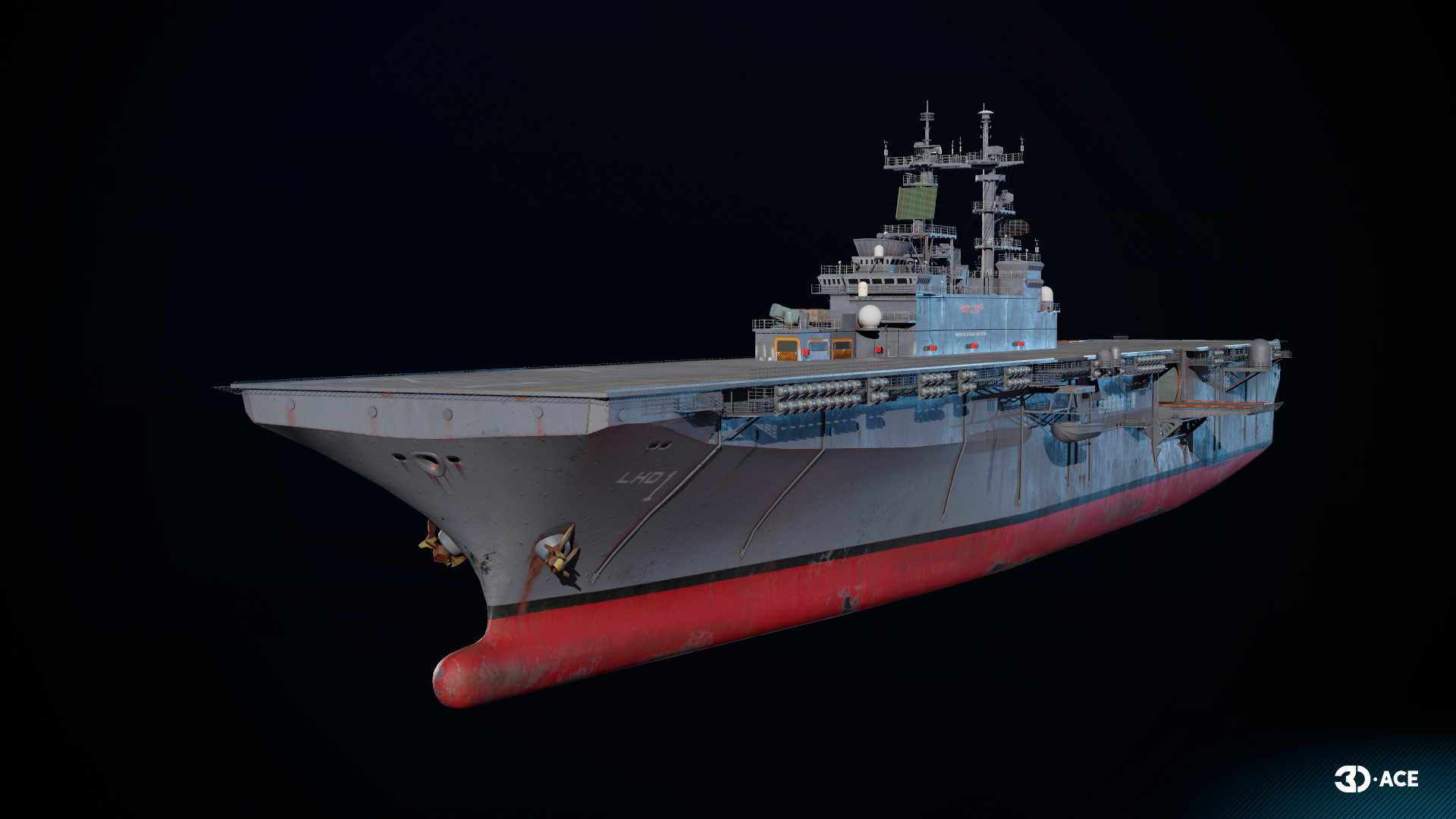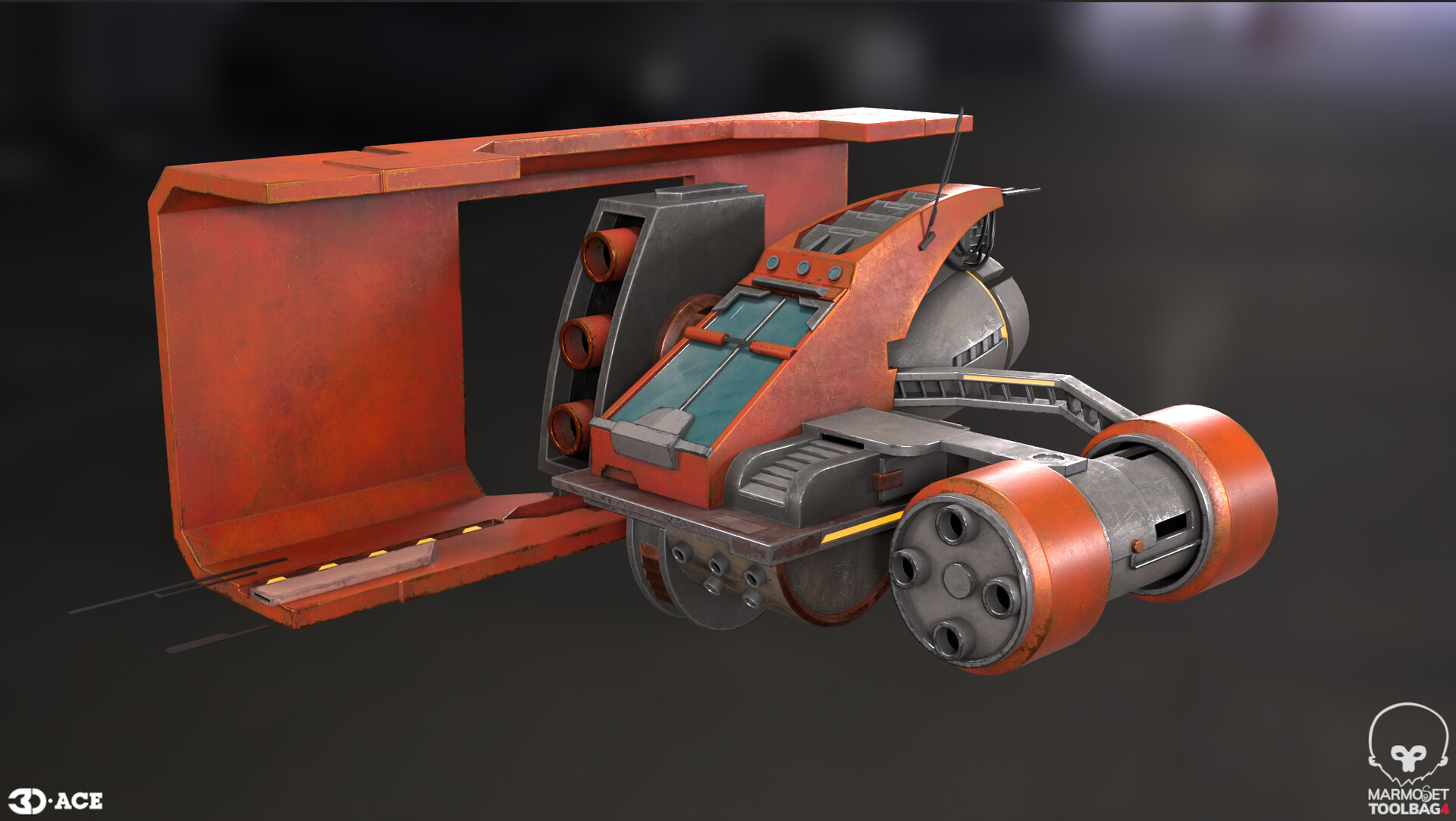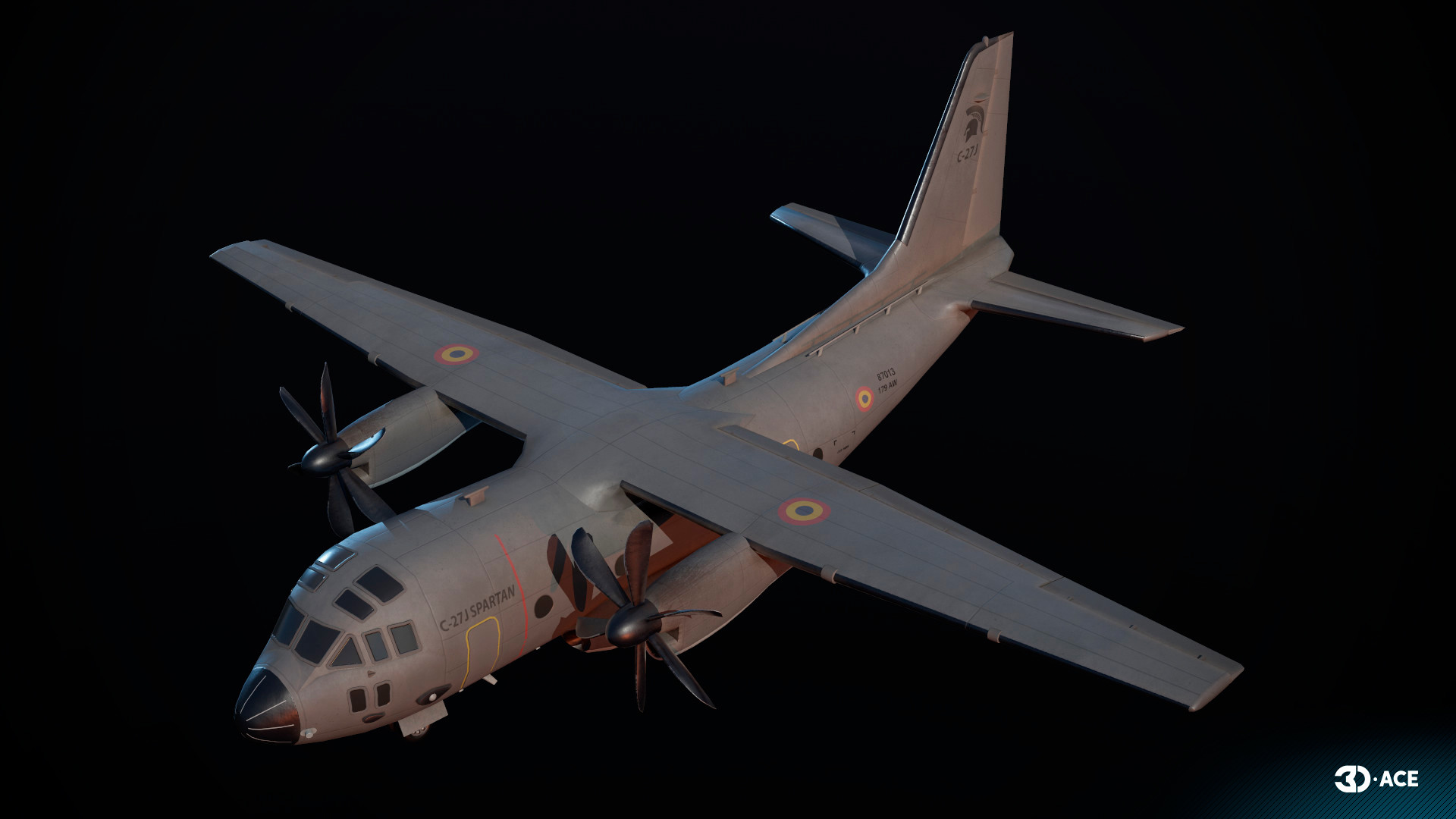3D modeling services have dramatically changed the vehicle design and visualization approach across various industries. Automotive companies, entertainment giants, and architectural firms leverage these high-precision tools to create detailed and scalable models that suit various practical applications. Advanced software paired with expert designers allows for realistic vehicle representations that meet functional and aesthetic requirements.
The flexibility of 3D vehicle models empowers professionals to streamline development times, reduce costs, and enhance the quality of their projects. Exploring the utilization of these models in different sectors reveals their critical role in modern design and production workflows. This overview highlights the widespread impact of 3D vehicle models and sets the stage for a deeper look at their applications across diverse industries.
Defining 3D Vehicle Models and Their Role in Different Market Segments

3D vehicle models are exact digital replicas utilized across various industries, enhancing design precision and streamlining project workflows. In the automotive sector, the virtual testing of vehicle designs allows engineers to minimize the use of costly physical prototypes. Reducing reliance on tangible models saves money and accelerates development, offering opportunities for comprehensive testing without substantial financial impact.
Highly detailed 3D vehicle models prove indispensable in film and video gaming. They replace physical props, providing cost savings and greater flexibility in visual storytelling. For architectural and urban planning, these models visualize how vehicles interact with new buildings or infrastructures, assisting in planning parking spaces, driveways, and overall traffic flow.
Public safety organizations also benefit from 3D vehicle models by simulating traffic patterns and emergency scenarios. These simulations aid in designing safer roads and more efficient emergency response routes. Each application of 3D vehicle models showcases their critical attributes — precision, adaptability, and cost-efficiency. They lead to improved decision-making and more efficient project management, underscoring their essential role in various professional fields.
Understanding the Different Types of 3D Vehicle Models
3D vehicle models vary widely in type and complexity, each tailored to meet specific industry needs. Here’s a closer look at some of the different types:
1. Standard vehicle models. Common in industries such as automotive manufacturing, these models focus on structural details and specifications that closely replicate real-world mechanics. They are pivotal for creating functional prototypes and conducting virtual tests, which can predict how a vehicle performs under various conditions.
2. High-detail models for film and advertising. For visual media where close-ups are common, these models require enhanced detail levels. Textures, colors, and even interiors are fully rendered to achieve a highly realistic appearance on screen.
3. 3D modeling for video games. Depending on the platform’s processing power, video game models require varying levels of detail. Designers balance visual quality with system capabilities to ensure an optimal gameplay experience.
4. Simulated models for training and simulation. Utilized in driver training and public safety simulations, these models interact with virtual environments to mimic real-world physics. The accuracy of handling and vehicle dynamics is essential for effective training.
Each model type offers unique benefits tailored to its specific application, emphasizing the vital role of 3D vehicle modeling in enhancing project efficiency and visual accuracy in multiple sectors. But this list can be composed of other three-dimensional assets, like clothing 3D models.
The Creation Process of Vehicle 3D Models

Several precise and technically demanding stages define the creation process of 3D vehicle models. Initially, designers conceptualize and sketch the vehicle’s features, then use advanced software tools to transform these ideas into detailed digital models.
Key Stages of 3D Vehicle Modeling
The creation of 3D vehicle models follows several key stages, ensuring accuracy and functionality in the final product:
- Conceptualization. Designers create initial sketches and basic outlines to capture the core design elements of the vehicle.
- Modeling. The sketches are transformed into detailed digital models using 3D modeling software. This stage involves refining shapes and adding intricate details like bodywork and trim.
- Texturing. Textures and materials are applied to give the model a realistic appearance. This includes color schemes, reflections, and surface textures that mimic real-world materials.
- Rigging. If the model needs animation, rigging specialists add skeletons or frameworks that allow the model to move in realistic ways.
- Rendering. The final visual output is produced, where lighting, shadows, and effects are adjusted to create photo-realistic images of the model.
Each stage plays a critical role in developing a 3D vehicle model that is both accurate to design specifications and visually compelling.
Tools and Software Commonly Used in the Industry
Professionals in 3D modeling rely on several sophisticated tools and software to create detailed vehicle models:
- Autodesk Maya. Widely recognized for its powerful modeling and animation capabilities, this software is a professional favorite for creating complex 3D vehicle models.
- Blender. Known for being an open-source and versatile tool, Blender supports the entire 3D pipeline from modeling and rigging to simulation and rendering.
- 3ds Max. This tool excels in polygon and texture modeling and is popular for its precise 3D modeling and rendering features.
- Cinema 4D. Favored for its user-friendly interface, this software is ideal for both beginners and professionals looking to produce high-quality 3D graphics.
- ZBrush. Typically used for detailing, ZBrush allows modelers to create highly detailed textures and surfaces, often used in conjunction with other modeling software.
Each software offers unique strengths, catering to different aspects of the vehicle modeling process, from initial design to final rendering, ensuring high-quality outputs tailored to industry needs.
Benefits of Outsourcing 3D Vehicle Modeling

While it’s possible to handle 3D vehicle modeling with in-house resources, outsourcing to specialized studios often proves more efficient and cost-effective. This approach allows businesses to tap into advanced skills and technologies without the need to invest heavily in their own infrastructure.
Cost-Effectiveness and Scalability
Outsourcing 3D vehicle modeling offers clear advantages in cost-effectiveness and scalability, particularly when tailored for sectors like game development. Studios specializing in 3D modeling for games can efficiently scale their operations to meet client demands without the fixed costs associated with full-time staff or equipment. As projects fluctuate in size and scope, businesses can adjust their service agreements to fit their needs, avoiding unnecessary expenditures during downtimes.
Moreover, these outsourcing firms bring a high level of expertise that can significantly reduce the time needed to develop complex models, ensuring that projects are not only completed to a higher standard but also faster and at a lower cost than in-house production might allow. This model of operation presents an attractive option for companies looking to maintain flexibility in their budget and staffing.
Access to Specialized Talent and Advanced Technologies
Outsourcing 3D vehicle modeling offers cost benefits and access to specialized talent and advanced technologies. When companies choose to outsource, they connect with experts whose daily focus is 3D modeling for your specific project, giving them an edge in both skill and experience. These specialists use the latest software and tools, staying current with industry trends and technological advancements.
Such resources might be prohibitively expensive or underutilized in a typical in-house setting, where the scope of work can vary, and technology needs may not justify the investment. By partnering with dedicated 3D modeling studios, businesses ensure that their projects benefit from the highest level of technical proficiency and the most up-to-date technology without needing to manage these resources directly. This arrangement not only enhances the quality of the final product but also enriches the development process by integrating cutting-edge solutions and creative approaches from leaders in the field.
Integrating Outsourced 3D Models of Vehicles into Your Projects
Successfully integrating outsourced 3D vehicle models into your projects requires careful coordination. Ensuring that your team’s goals align with the external studio’s capabilities is key to achieving seamless collaboration and optimizing workflow efficiency.
Ensuring Compatibility with Existing 3D Assets
A clear strategy is essential to ensure compatibility with existing 3D assets when integrating new outsourced models. Start by establishing a common file format and version to which all assets will adhere, preventing technical mismatches. Regular updates between your in-house team and the outsourcing partner are crucial for aligning details such as scale, texture resolutions, and shading techniques.
Compatibility checks should occur at multiple stages within the project timeline to identify and resolve discrepancies early on. Utilizing software that supports extensive file types and conversion tools can aid in smooth transitions. Moreover, maintaining a detailed log of asset specifications helps all team members stay updated on the requirements and changes, facilitating a more efficient integration process. Addressing these factors proactively minimizes delays and enhances the overall quality of the final product.
Collaboration and Communication Strategies
Effective collaboration and communication strategies are fundamental when working with outsourced 3D modeling teams. First, establish clear lines of communication through designated channels such as weekly video calls, daily updates via project management software, and instant messaging for quick queries. Setting specific milestones and regular review points is essential to ensure that both parties remain aligned on the project’s objectives and deadlines.
Creating a comprehensive project brief with detailed requirements and expectations helps prevent misunderstandings and keeps the project on track. Encourage a feedback-friendly environment where outsourced teams feel comfortable discussing potential issues or offering suggestions that may enhance the project. Lastly, time zone differences and cultural factors should be considered to optimize interaction times and enhance mutual understanding. By implementing these strategies, companies can foster a strong partnership that supports project success and fosters ongoing collaboration.
Have a 3D project that required vehicles? We’ve got you covered! Contact us!
Successful Integration of Outsourced 3D Vehicle Models
3D vehicle modeling has become an essential tool across various industries, enabling companies to enhance design accuracy, reduce production costs, and improve overall efficiency. This technology allows for precise simulations and visualizations, offering a critical competitive edge in today’s market. From automotive design to video game development and advertising, companies leverage 3D modeling to push the boundaries of what’s possible. The following examples illustrate how prominent organizations employ 3D modeling to achieve their strategic objectives, showcasing this advanced technology’s broad applications and significant benefits.
Porsche and Ansys
Porsche has collaborated with Ansys to develop simulation software that helps develop electric vehicles. Ansys provides detailed 3D modeling capabilities that allow Porsche engineers to simulate and analyze thermal management systems, helping improve the performance and safety of the batteries used in their electric vehicles.
Electronic Arts (EA) and Frostbite Engine
EA has used its Frostbite engine to create highly detailed 3D models of vehicles in games like the Need for Speed series. The realism in these models contributes significantly to the game’s immersive experience, showcasing the potential of advanced 3D modeling in video game development.
The Mill’s BLACKBIRD
In 2016, visual effects studio The Mill introduced the BLACKBIRD, a fully adjustable car rig that creates photoreal CGI cars. It is a tool used to substitute any vehicle in post-production with an accurately rendered 3D model, allowing for commercial shoots without needing physical cars on set. This technology has been revolutionary for automotive advertising, providing flexibility and reducing costs.
Future Trends in 3D Vehicle Modeling
As technology advances, 3D vehicle modeling is poised for significant transformation. Artificial intelligence will play a central role, automating much of the manual modeling process to enhance speed and reduce errors. AI algorithms can predict optimal designs and perform thousands of simulations to refine model accuracy and functionality.
Augmented reality and virtual reality technologies are set to redefine how designers and customers interact with 3D vehicle models. Through AR and VR, stakeholders can experience a model in a fully immersive environment, making it easier to visualize changes and make decisions faster.
The demand for more sustainable and energy-efficient vehicles also influences 3D modeling trends. Designers will increasingly use these tools to optimize parts for lightweighting, reducing material waste and enhancing fuel efficiency. Similarly, the integration of 3D printing with vehicle modeling is streamlining the prototype phase, allowing for rapid on-demand production of parts and enabling quicker iteration cycles.
Cloud-based collaboration tools are becoming more prevalent, enabling teams located worldwide to work simultaneously on vehicle models. This not only speeds up the development process but also enhances the sharing of best practices across the globe, driving further advancements in the field.
Choosing the Right Outsourcing Partner for 3D Modeling

Selecting the ideal outsourcing partner for 3D modeling is crucial for ensuring the quality and efficiency of your projects. The right partner brings not only expertise but also aligns closely with your project goals and communication style, enhancing both the process and the outcomes of your collaborations.
Criteria for Selecting an Outsourcing Studio
When choosing an outsourcing studio for 3D modeling, several key factors ensure you select a partner that meets your project’s needs effectively:
- Experience. Assess the studio’s track record in your industry. Look for a portfolio that showcases diverse projects and highlights specific expertise relevant to your requirements.
- Quality. Evaluate the quality of the studio’s previous work. High-resolution images and detailed case studies can demonstrate their capability to produce top-tier models.
- Communication. Determine their responsiveness and ability to communicate clearly. Effective communication is vital for managing projects across different time zones and ensuring your requirements are fully understood.
- Technology. Check if the studio uses up-to-date software and hardware, which can influence the efficiency and quality of the 3D models produced.
- Flexibility. Consider their willingness to adapt to changes and their ability to handle feedback constructively. A flexible approach can significantly smooth the collaboration process.
- Cost. Ensure their pricing aligns with your budget without compromising on the quality and scope of the project deliverables.
Choosing carefully based on these criteria will help secure a successful outcome for your 3D modeling projects.
How to Evaluate Portfolios and Past Work
Evaluating the portfolios and past work of potential outsourcing studios for 3D modeling involves a detailed inspection to determine their suitability for your project:
- Scope of Work. Examine the variety in the portfolio to understand the range of industries and projects the studio has handled. It indicates their adaptability and experience across different challenges.
- Detail and Quality. Look for precision and attention to detail in the models. High-quality textures, realistic lighting, and accurate proportions are indicators of high standards in their output.
- Technological Proficiency. Assess the technical aspects of their work, such as the complexity of animations or the sophistication of simulations. This shows their capability to manage demanding projects.
- Client Feedback. Seek testimonials or case studies within the portfolio. Positive feedback from previous clients can reassure you of their reliability and quality of service.
- Aesthetic Style. Ensure that their design aesthetic aligns with your vision. Consistency in style throughout their portfolio often suggests a strong command over their craft.
These criteria will help you assess whether a studio’s capabilities align with your project requirements and quality expectations.
Maximizing the Impact of 3D Vehicle Models with 3D-Ace
To maximize the impact of your 3D vehicle models, partnering with 3D-Ace, a leading art outsourcing studio, can elevate your projects. With expertise in high-quality 3D modeling and a commitment to delivering exceptional results, 3D-Ace ensures your visions are realized with precision and artistic flair. For more information on how our services can benefit your specific needs or to discuss your project requirements, do not hesitate to contact us. Together, we can transform your concepts into reality, enhancing your project’s success with top-tier 3D modeling solutions.









